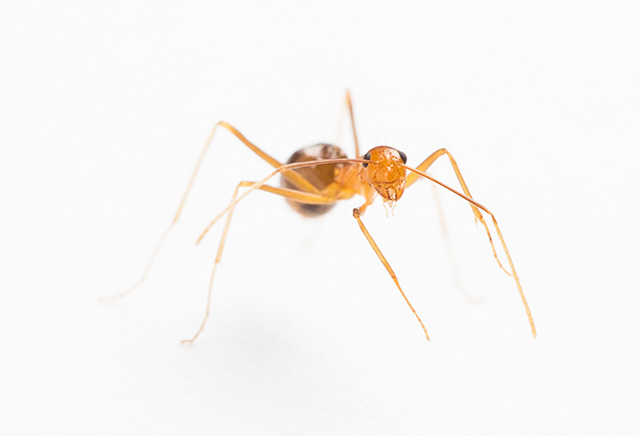A new independent report from Frontier Economics warns that not controlling the impacts of feral deer in Victoria could cost the community between $1.5 billion and $2.2 billion over the next 30 years.
‘The economic analysis estimates that acting now to substantially reduce feral deer numbers in Victoria could deliver benefits exceeding cost of control by at least 4 times,’ Invasive Species Council deer project officer Peter Jacobs said.
The report, commissioned by the Invasive Species Council, also points out this figure only considers the economic costs of feral deer caused through lost agricultural and forestry production, vehicle accidents and reductions to the recreational values of national and state parks.
‘The impacts on biodiversity, Indigenous cultural values and ecosystem services such as water purification would also likely impose enormous costs to the community, but are difficult to accurately put a dollar value to,’ Mr Jacobs said.
‘What we do know is the real cost will be much higher than $2.2 billion.
‘The Frontier Economics report shows that high growth in Victoria’s feral deer population will cause major economic strife unless the feral deer population is substantially reduced.’
Avoiding these costs represents benefits across society. Specifically, the report finds managing feral deer to a level where they have negligible economic, social and environmental impact over the next 30 years would result in savings of:
- $245 million to $350 million to farmers due to avoided grazing on farming land by feral deer and $106 million to $144 million due to avoided time spent on managing feral deer
- $269 million to $365 million to forest industries due to avoided losses in forestry production
- $576 million to $825 million from all feral-deer-related vehicle accidents being avoided
- $308 million to $474 million to account for avoided reductions in the recreation and use values of national parks and state parks in Victoria.
Delivering these large savings will require strong leadership from the Victorian Government to guide effective investment in feral deer control.
‘There is no short term fix to mitigate deer impacts now that the population has been allowed to grow to over a million animals spread across the state,’ Mr Jacobs said.
‘We appreciate the Victorian Government is investing $18.25 million over 4 years for feral deer control, but this pales in significance to what we now know the real economic and social costs of insufficient action will be.’
These investments are also at odds with the prevailing Victorian Wildlife Act, created in 1975 when the feral deer population was small and confined to a few areas, that actively protects invasive feral deer as game animals.
‘There is no longer any justification for continuing to classify feral deer as protected wildlife in Victoria,’ Mr Jacobs said.
‘Protecting feral deer as game for hunting under Victoria’s Wildlife Act has been hindering effective control as the population has exploded.
‘The Victorian Government must, as a matter of priority, remove this protection so feral deer can be rightly classed as an established pest animal as recommended by the 2021 Senate inquiry.
‘The Victorian Government has also been slow to deliver promised regional control plans that are essential to guide good investment and effective control of feral deer.
‘We urgently need to prevent further feral deer spread and start to eliminate smaller populations.
‘Further, since current control options are limited, there will need to be support for additional research to develop new methods.
‘This Frontier report will help inform Victorians of the real cost of feral deer to the state’s community and environment and trigger more investment in feral deer control by the Victorian Government,’ he said.
The report was prepared by Frontier Economics pro bono for the Invasive Species Council.









